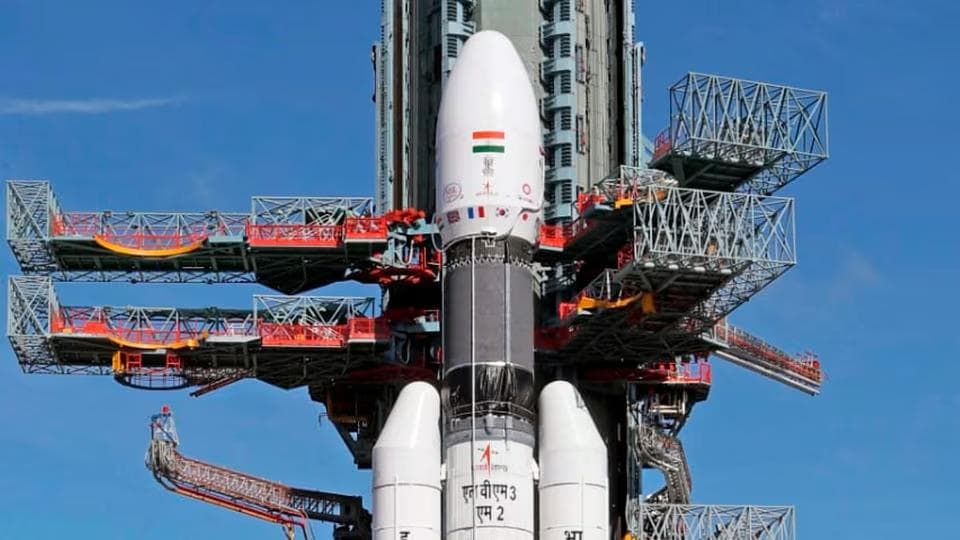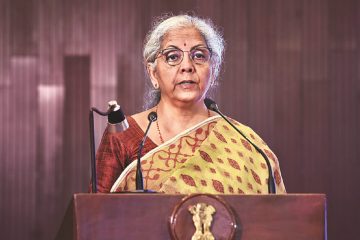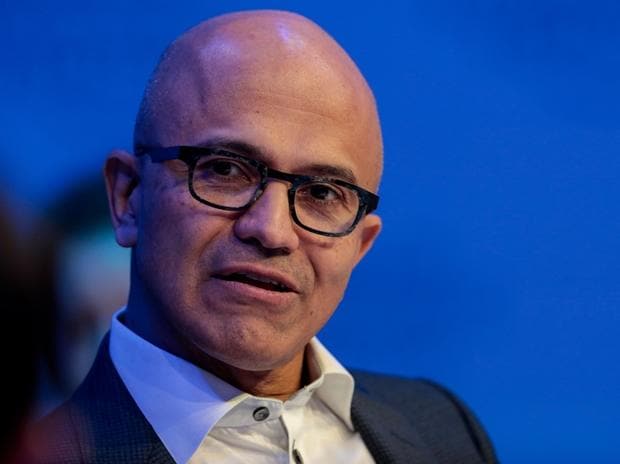The Indian Space Research Organisation (Isro) is gearing up for the launch of Chandrayaan-3 on July 14. Before LVM-III lifts off from Satish Dhawan Space Centre (SDSC) in Sriharikota at 2:35 pm, carrying Chandrayaan-3, there will be a unique book launch at the site.
“Prism: The Ancestral Abode of Rainbow”, a collection of science articles, will be released at the SDSC-SHAR from where the LVM-III would lift off carrying Chandrayaan-3 to the Moon on July 14.
The book is authored by national award-winning filmmaker-writer Vinod Mankara. With this launch, “Prism” is likely the first book to be released from a rocket launchpad anywhere in the world, adding to what already is a momentous occasion for the country.
Chandrayaan-3 is the third instalment of the Chandrayaan series and India’s second attempt to achieve a soft landing on the Moon’s surface. Only three countries have successfully landed spacecraft on the airless lunar surface.
The last time this mission was attempted, it resulted in a “partial failure” of Chandrayaan-2, which crash-landed on the Moon’s surface in 2019.
What is Chandrayaan-3?
Chandrayaan-3 is the third lunar exploration mission planned by Isro. It was a lander and rover similar to its preceding project, Chandrayaan-2.
However, unlike Chandrayaan-2, it does not have an orbiter, and its propulsion module is more similar to a communications satellite.
Isro had earlier stated that the mission aimed to demonstrate the end-to-end capability of safe landing and roving on the lunar surface.
Isro has already integrated the Chandrayaan-3 spacecraft with the GSLV-MkIII rocket, which will facilitate its journey to the Moon a week ahead of the launch.
Budget
Isro has estimated the cost of the mission to be Rs 600 crore, however the final cost of the project was Rs 615 crore.
What happened with Chandrayaan-2?
Chandrayaan-2 at the time had represented “a significant technological leap compared to previous missions,” as stated by Isro. It comprised an orbiter, lander and rover that would reach the previously unexplored south pole of the Moon.
According to a written statement to Lok Sabha by Jitendra Singh, the minister of state for the Department of Space, on November 26, Chandrayaan-2 had successfully entered the Moon’s orbit but deviated from its flight path when it was around 2km above the lunar surface. It made a hard landing in the second phase of its landing, following a loss of communication to the ground station.
Braking thrusters were cited as the official cause for the crash landing of the Vikram craft.
How has Chandrayaan-3 improved upon Chandrayaan-2?
The chief problem with Chandrayaan-2 was that it failed to soft-land on the Moon’s surface and lost contact with Isro’s ground station 400 metres before landing.
Chandrayaan-3’s technology improved its design to ensure that it achieved a successful soft landing this time. Some notable changes are:
Simplified payload
Unlike Chandrayaan-2, which comprised the Vikram lander, Pragyan rover, and an orbiter, Chandrayaan-3 will be equipped with a lander and a rover only. The existing orbiter launched with Chandrayaan-2 will be utilised for communication and terrain mapping requirements during the mission.
While Chandrayaan-2’s orbiter carried nine in-situ instruments, Chandrayaan-3’s propulsion module will house a single instrument called ‘spectro-polarimetry of habitable planet earth’ (SHAPE). SHAPE will analyse Earth’s spectrum to generate data on habitable exoplanets, contributing to the study of exoplanetary habitability and the search for potential life beyond our Solar System.
Enhanced lander capabilities
Based on the lessons learned from Chandrayaan-2, Chandrayaan-3 incorporates “lander hazard detection & avoidance cameras” to assist in coordination with the orbiter and mission control during the lander’s descent to the lunar surface. Chandrayaan-3 will feature two such cameras compared to the single camera on its predecessor.
Additional experiments
Chandrayaan-3 incorporates the laser retroreflector array (LRA), a passive experiment aimed at understanding the dynamics of the Moon system. This addition supplements the three payloads that were also part of the Vikram lander on Chandrayaan-2.
Following the setbacks faced during Chandrayaan-2, Isro’s Chandrayaan-3 mission is striving for a successful lunar exploration mission. With optimised payload configurations, improved lander capabilities, and utilising existing resources, the mission is expected to address past challenges and enhance our understanding of the Moon and exoplanetary research.
Note:- (Not all news on the site expresses the point of view of the site, but we transmit this news automatically and translate it through programmatic technology on the site and not from a human editor. The content is auto-generated from a syndicated feed.))



